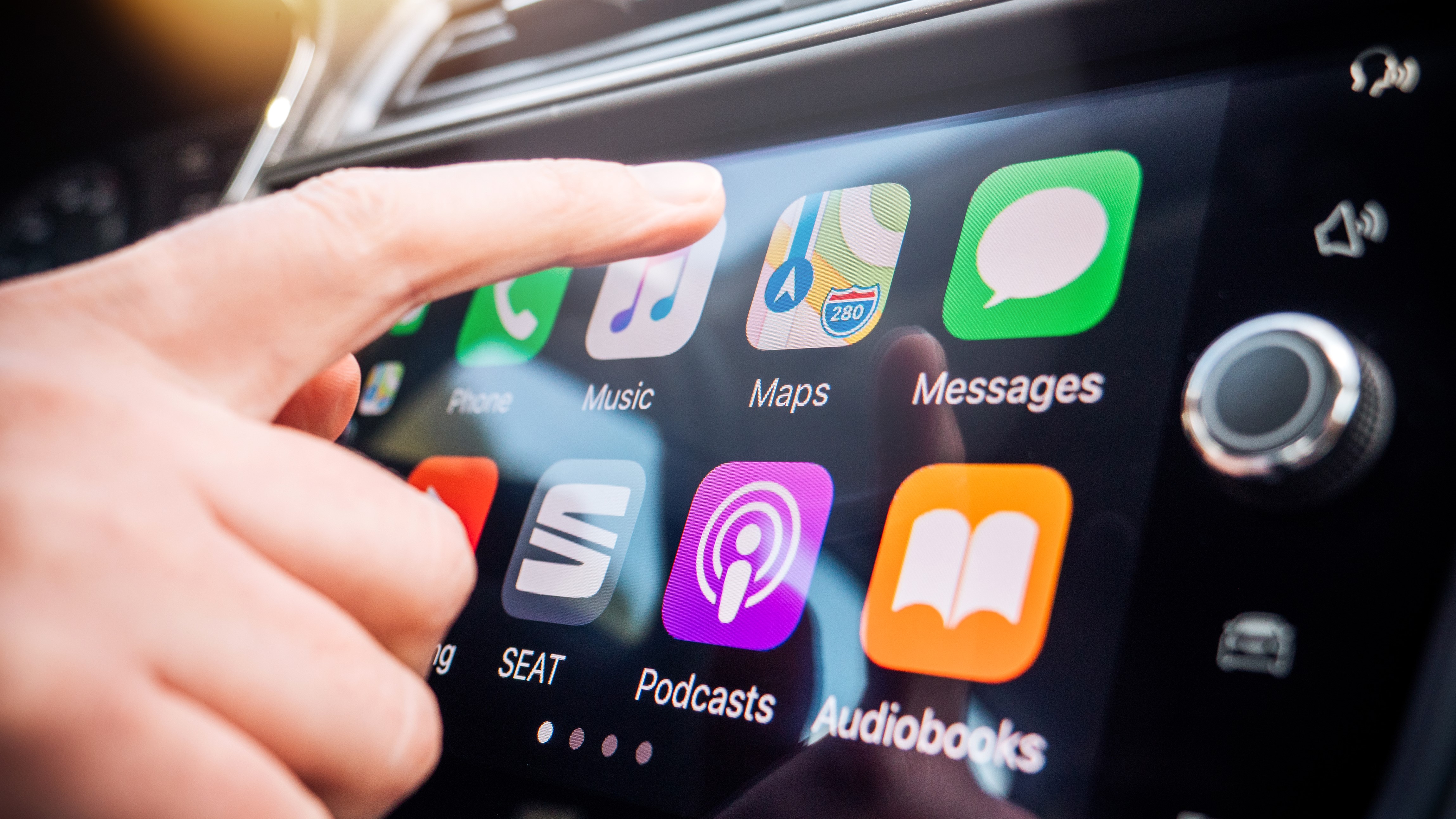Hack Into Laptops Via Power Outlet, Lasers
A pair or researchers will demonstrate how its possible to hack a laptop via the power outlet, or by using a laser pointer device.

Is using a laptop getting dangerous? Thanks to a new exploit used by hackers, your information may not be safe out in public. In a recent article published by Network World, hackers can grab keyboard signals through its unshielded wiring; signals leak into the ground wire in a cable, and then travel into the laptop's electrical system. Bit streams generated by the keyboards that indicate what keys have been struck create voltage fluctuations in the grounds, according to the site. Thus if plugged in, hackers retrieve the information through the power outlet.
However, attackers can still gain access when laptops are unplugged. By using a cheap laser, a hacker can retrieve keystrokes by pointing the laser on a shiny part of the laptop, or a shiny object nearby. The hacker then aligns a receiver to capture the reflected light beam; the light captures to modulations stemming from vibrations caused by striking the keys.
“The only thing you need for successful attacks are either the electrical grid or a distant line of sight, no expensive piece of equipment is required,” Barisani and Bianco said. The equipment needed to carry out the power-line attack could cost as little as $500. The laser attack gear costs less: $100 if the attacker already owns a laptop with a sound card.
Both hacks will be demonstrated by Andrea Barisani and Danielle Bianco of Inverse Path later this month at the Black Hat USA 2009 security conference in Las Vegas.
Sign up to get the BEST of Tom's Guide direct to your inbox.
Get instant access to breaking news, the hottest reviews, great deals and helpful tips.
Kevin started taking PCs apart in the 90s when Quake was on the way and his PC lacked the required components. Since then, he’s loved all things PC-related and cool gadgets ranging from the New Nintendo 3DS to Android tablets. He is currently a contributor at Digital Trends, writing about everything from computers to how-to content on Windows and Macs to reviews of the latest laptops from HP, Dell, Lenovo, and more.
-
doomtomb Woah this stuff sounds crazy. I thought a computer would be safe it was completely isolated from networks but through the power outlet is scary. This sounds like radical stuff.Reply -
This kinda stuff is possible in theory, but no need to worry about it in real life.Reply
For the laser, a single shift of the keyboard and everything gets skewed. For the power outlet, someone turning on a lightbulb would increase load on the grid and scramble the signal.
So it is possible, but don't expect any of this in real life. -
_Cubase_ I have a better idea to steal someone's important information using a laser pointer. Shine it in their face to stun them, punch them out, grab the notebook and run!Reply -
_Cubase_ I have a better idea to steal someone's important information using a laser pointer. Shine it in their face to stun them, punch them out, grab the notebook and run!Reply -
_Cubase_ I have a better idea to steal someone's important information using a laser pointer. Shine it in their face to stun them, punch them out, grab the notebook and run!Reply
